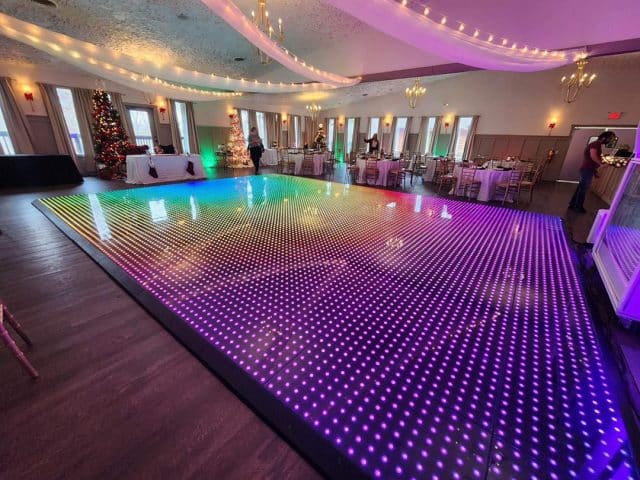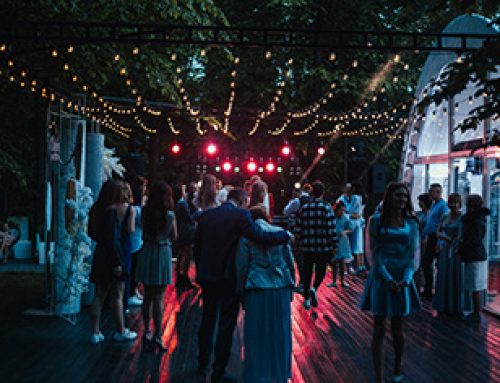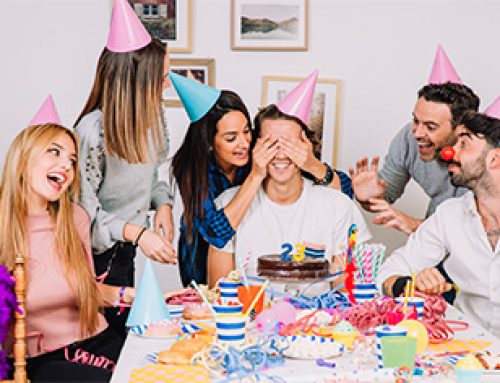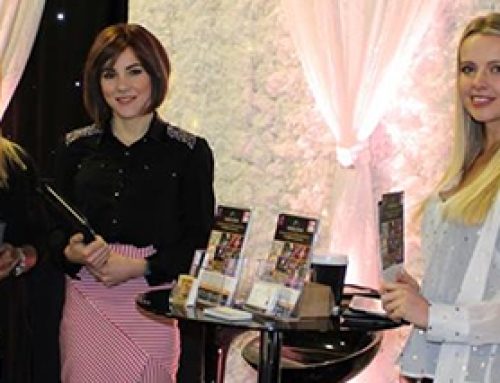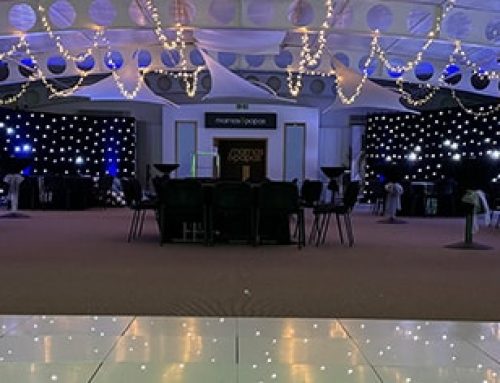Getting married in your home has its perks. You can plan every little detail yourself and make sure you decorate your home perfectly.
But when it comes to wedding lighting, you will surely need some help.
Not all sorts of lighting are appropriate for a wedding or suitable for videography.
Does that mean you can not arrange your wedding at home?
Of course, you can! Because we will give you a detailed guide on wedding lighting for perfect videography.
Understanding the Basics of Home Wedding Lighting
Lighting can highly affect how your wedding video would look. Let us explain why.
The Role of Lighting in Wedding Videography
Lighting does more than just illuminate, it can:
- Set the mood
- Create ambiance
- Dramatically affect the quality of videography.
The right lighting can make your wedding videos look cinematic, capturing the colors, emotions, and details of your special day. Likewise, poor lighting may lead to grainy, underexposed, or flat footage, failing to do justice to your wedding’s beauty.
You can ask the professionals at DC Media and get advice on how should you go about lighting your house for wedding videography.
Emotional Impact
Lighting influences not just the visuals but the emotional tone of your wedding. Soft, warm lights can evoke a sense of intimacy and romance, while bright, cool lights can create a more energetic atmosphere. The way your venue is lit will directly affect the feel of your wedding video, making lighting decisions crucial for both aesthetics and emotion.
Types of Lighting Used in Home Weddings
Understanding the different types of lighting will help you make informed choices for your home wedding:
- Natural vs. Artificial Lighting: Natural light, provided by the sun, offers a soft, beautiful hue that is perfect for weddings. However, its availability is time-bound and unpredictable. Artificial lighting, on the other hand, gives you control over brightness and direction, ensuring consistency throughout the day.
- Ambient, Task, and Accent Lighting:
- Ambient Lighting is the overall light in a room. It’s what you start with before adding any additional light sources.
- Task Lighting focuses light on specific areas needed for activities, like the area where vows are exchanged.
- Accent Lighting highlights key features of the wedding, such as the altar or the cake table, adding depth and dimension to the space.
A balanced mix of these lighting types, adapted to the specifics of your home and wedding theme, can create a visually stunning and emotionally resonant setting for your wedding video.
Planning Your Home Wedding Lighting
Lighting is as important as wedding videos themself. The planning phase of your home wedding lighting is both an exciting and meticulous task. It requires a blend of creativity, technical understanding, and foresight to anticipate how different elements will come together under varied lighting conditions. This section guides you through assessing your home’s lighting conditions and creating a comprehensive lighting plan.
Assessing Your Home’s Lighting Conditions
Before diving into the specifics of your lighting plan, it’s crucial to understand the lighting you’re starting with.
- Day vs. Evening Weddings: The time of your wedding significantly impacts your lighting needs. Daytime weddings can leverage natural light, especially in well-lit spaces or outdoors. For evening events, you’ll rely more on artificial lighting to create a warm and inviting atmosphere.
- Natural Light Availability: Walk through your home at the same time of day you plan to have your wedding. Note which areas receive ample natural light and which might need additional lighting. Consider seasonal changes in light as well.
- Room Lighting Assessment: Evaluate the existing ambient lighting in each room or area you plan to use. Look for any dark corners or spots where the lighting is uneven.
Creating a Lighting Plan
With an understanding of your home’s current lighting situation, you can start mapping out your lighting plan:
- Mapping Key Areas: Identify where each part of the wedding will take place – the ceremony, reception, dining area, and any special zones like a dance floor or photo booth.
- Balancing Aesthetics with Practicality: Your lighting should be beautiful but also functional. For instance, ambient lighting can create a general mood, while task lighting ensures that guests can see their meals and each other.
- Lighting Equipment: Decide what kind of lighting fixtures or equipment you need. Soft, diffused lights can flatter faces and create a warm atmosphere, ideal for areas where guests will mingle and photos will be taken.
- Power and Safety Considerations: Plan for the practical aspects of your lighting setup. Ensure you have enough power outlets and consider the placement of cords and lights to avoid tripping hazards.
Lighting Techniques for Memorable Wedding Videography
For home weddings, where professional studio setups aren’t always feasible, knowing how to manipulate light can make all the difference. Here, we delve into techniques that ensure your wedding videography is as enchanting as the day itself.
Enhancing Natural Light for Video
Natural light, with its soft, diffuse quality, is ideal for videography, lending an authentic and timeless feel to your footage. However, it requires strategic use and understanding to make the most of it:
- Maximizing Daylight: Plan your main events and videography sessions during the times when natural light is at its best in your chosen locations.
- Adjusting to Light Conditions: Be prepared to adjust your schedule or setup to accommodate changes in natural light.
- Reflectors and Diffusers: Inexpensive and easy to use, reflectors can bounce natural light onto your subjects, filling in shadows and evening out the light.
Artificial Lighting Solutions
When natural light is insufficient or unpredictable, artificial lighting becomes essential. The right artificial lighting can mimic the quality of natural light and even enhance it:
Types of Artificial Lights
- LED Panels: Offer adjustable brightness and color temperature, allowing you to match the light to the time of day or the mood you want to create.
- Fairy Lights and Candles: Add a magical, twinkling effect to your background, creating depth and interest in your video. They’re especially effective for receptions and evening events.
- Spotlights: Highlight specific elements or areas, such as the couple during their vows or the first dance, drawing the viewer’s attention to the focal points of your video.
Tips for Using Artificial Lighting in Videography
- Softbox or Diffuser Use: If using stronger light sources, employ a softbox or a diffuser to soften the light, mimicking the gentle effect of natural light and avoiding harsh shadows.
- Layering Your Lights: Similar to how you would layer clothing, layer different types of lighting to achieve depth and richness in your video. Use a combination of ambient, task, and accent lighting to illuminate your space effectively.
- Color Temperature Consistency: Ensure that all your artificial light sources have a consistent color temperature. Mixed lighting can result in footage with distracting color casts, making your video look unprofessional.
Even the best lighting will fall short if you don’t take must-have shots during recording. For detailed tips regarding wedding shoots, you can check our wedding video tips.
DIY Lighting and Videography Tips
Even with a modest budget, you can achieve stunning lighting and videography for your home wedding. DIY solutions not only save money but also add a personal touch to your special day. Here’s how to tackle lighting and videography with a do-it-yourself spirit.
Budget-Friendly Lighting Ideas
You don’t need expensive equipment to create a beautifully lit wedding atmosphere. Here are some cost-effective ideas:
- Fairy Lights and String Lights: These are versatile and can be used to create enchanting backdrops, and light pathways, or add a warm glow to seating areas. Drape them around trees, across ceilings, or around tables for a magical effect.
- Paper Lanterns: Hung at varying heights, paper lanterns can provide soft, ambient light that flatters both your decor and your videography. They’re especially effective for evening receptions.
- DIY Candle Arrangements: Candles in safe, decorative holders can add warmth and romance to your wedding setting. Use them as centerpieces or to line walkways. Remember, safety first—keep them away from flammable materials and consider battery-operated candles for areas with children or pets.
- Renting vs. Buying Lighting Equipment: Sometimes, DIY means knowing when to rent. For more complex lighting needs, such as LED panels or spotlights, renting can be a cost-effective way to access high-quality equipment without the full investment.
Basic Videography Techniques
A professional wedding videographer is recommended but it is not a must-have. Here are some basic techniques that you can use to capture a wedding video without experience:
- Stabilizing Your Shots: Use a tripod or a stabilizer to keep your camera steady. Shaky footage can detract from the beauty of your wedding video. Even budget-friendly tripods can make a significant difference in the quality of your shots.
- The Rule of Thirds: This classic composition technique involves dividing your frame into nine equal segments with two horizontal and two vertical lines. Placing your subjects along these lines or at their intersections creates a more engaging and balanced shot.
- Lighting for Video: Test your lighting setup by recording short clips in advance. This allows you to see how your lighting looks on camera and make necessary adjustments. Pay attention to the direction of light and shadows, aiming for even, flattering illumination.
- Practice Makes Perfect: Before the big day, practice shooting videos in the lighting conditions you expect. Experiment with different settings on your camera to understand how they affect the outcome. This rehearsal will make you more confident and prepared when it’s time to capture those key moments.
Final Thoughts
Lighting and videography are powerful elements that, when executed well, can transform your home wedding into a magical and memorable event. With our home wedding lighting guide and tips, you are well prepared to decorate your home for a perfect wedding videography.
FAQ
What’s the best way to light an outdoor home wedding at night?
Use a combination of fairy lights, string lights, and LED candles to create a warm, inviting atmosphere. Including spotlights can also highlight special areas, like the altar or dance floor.
How can I enhance indoor wedding lighting on a budget?
Maximize the use of natural light during the day, and for the evening, DIY projects like lanterns and string lights can add a magical touch without breaking the bank.
Are there any quick fixes for uneven lighting in my home?
Yes, using floor lamps and table lamps from around your house can help fill in darker areas. Positioning mirrors strategically can also reflect light to even out the lighting.

